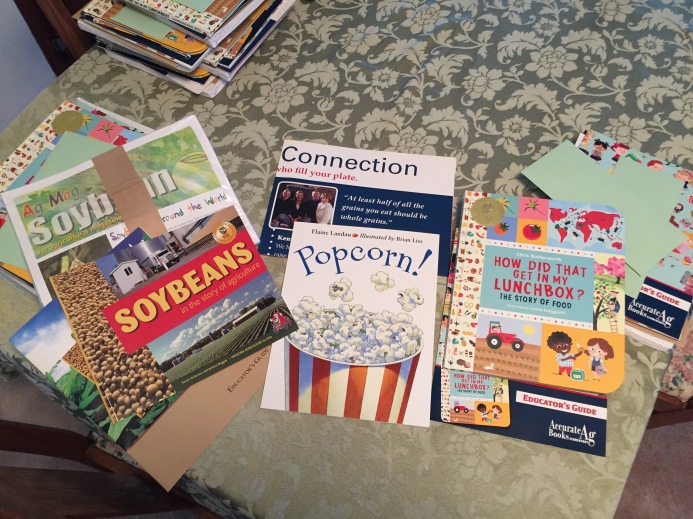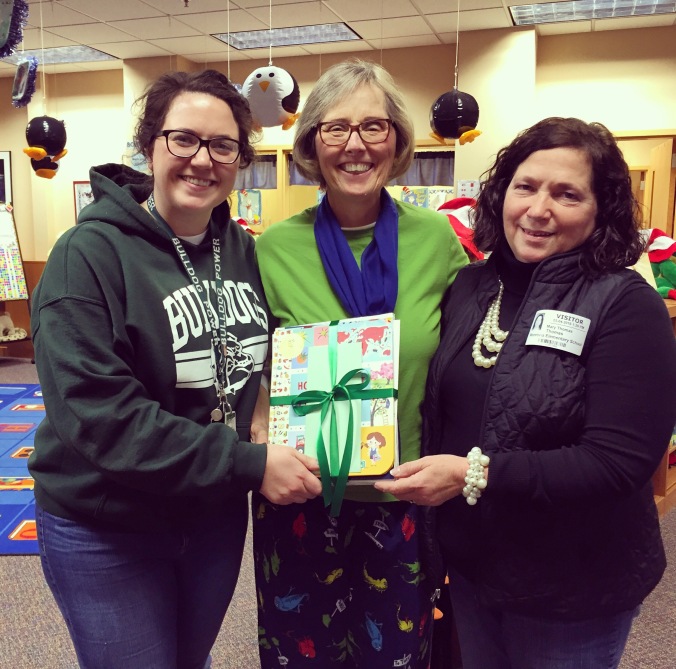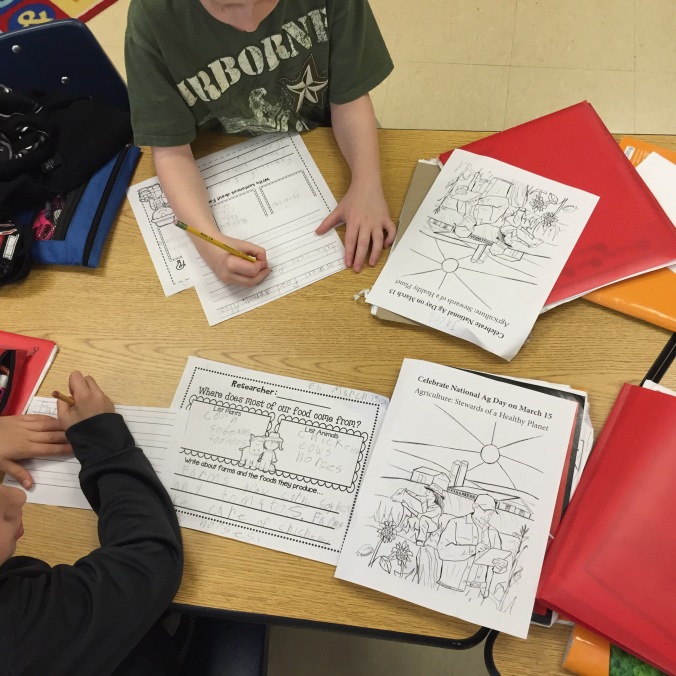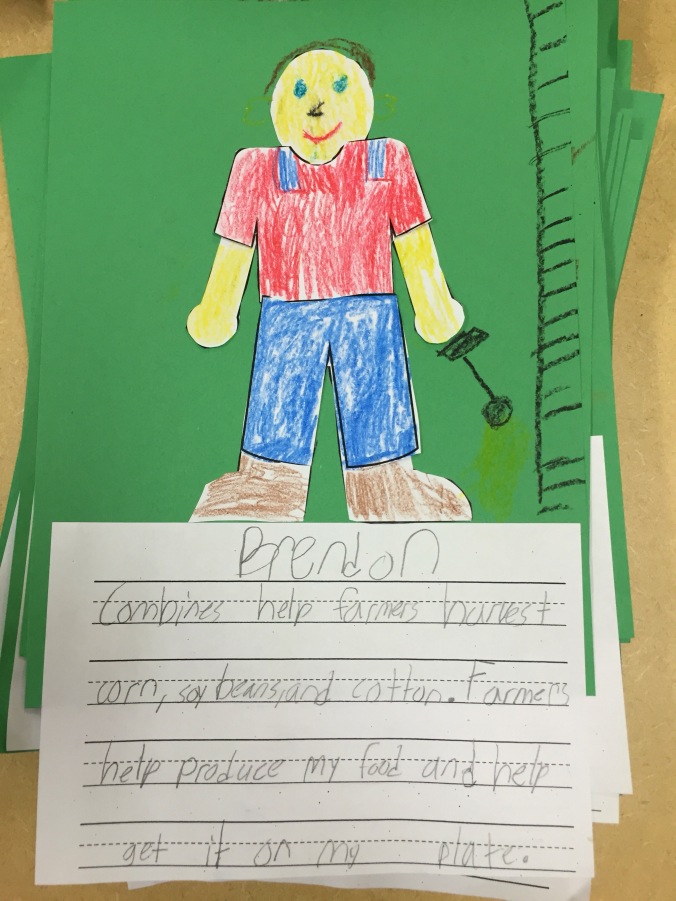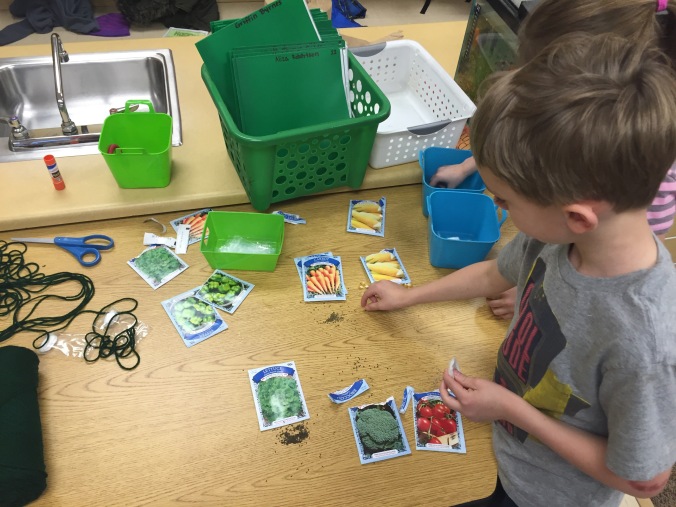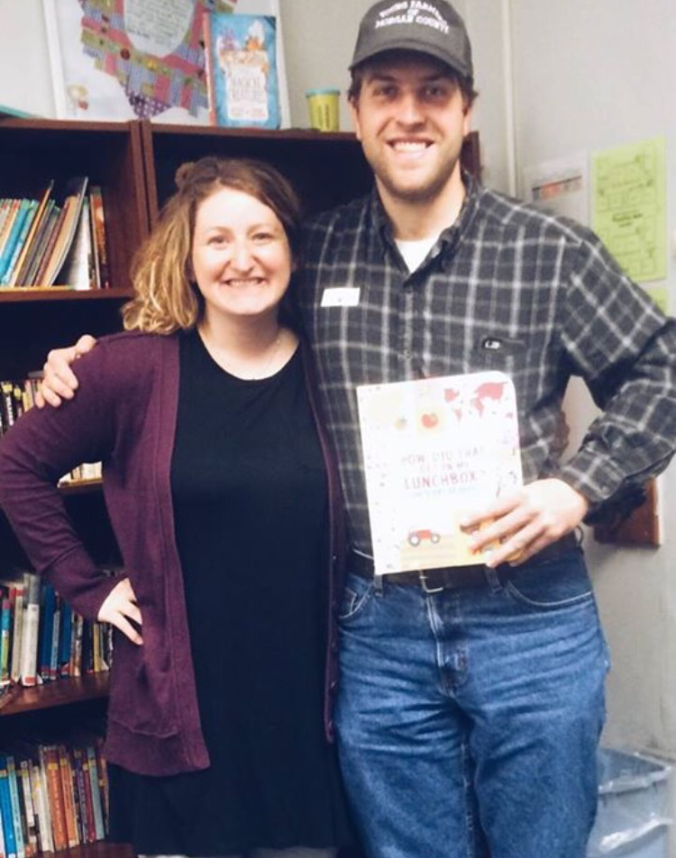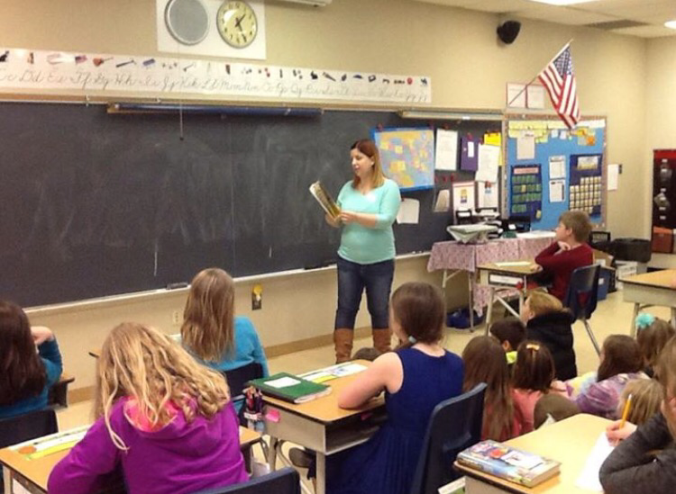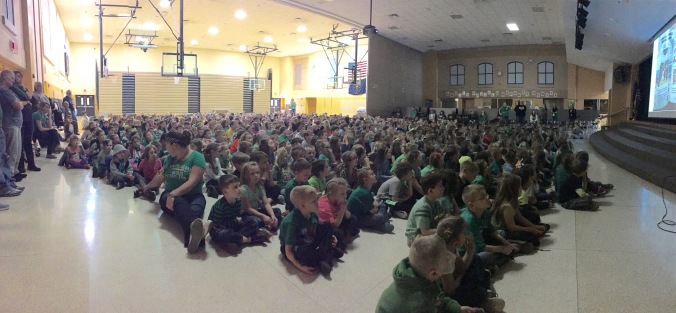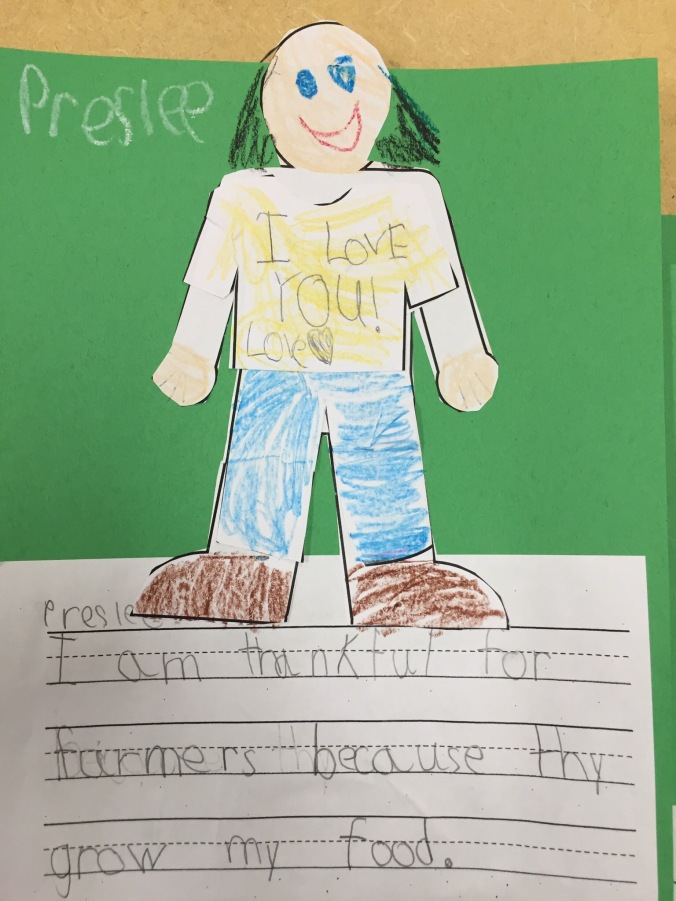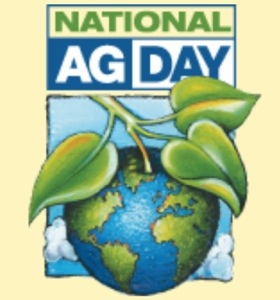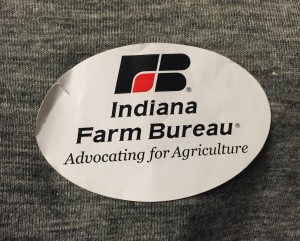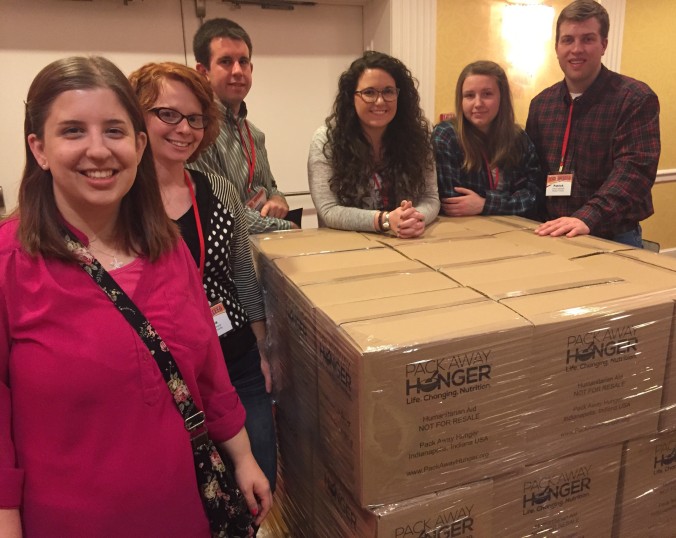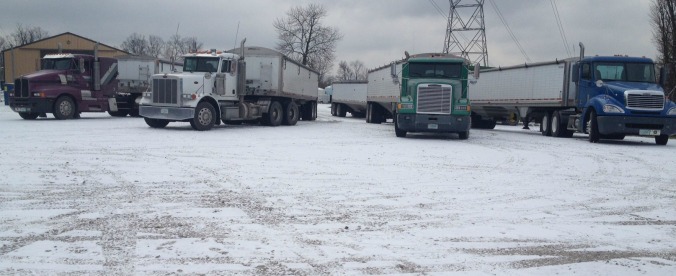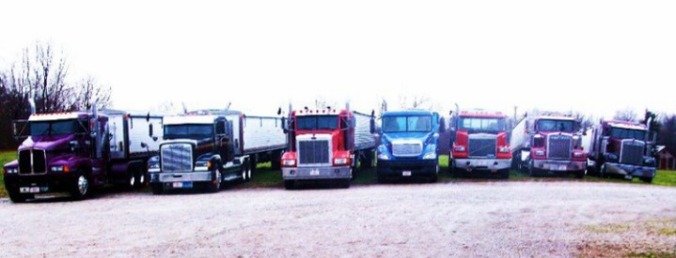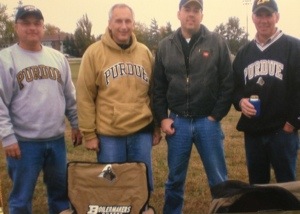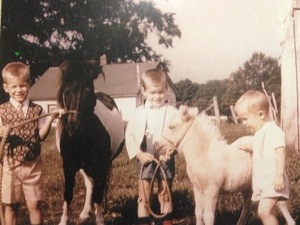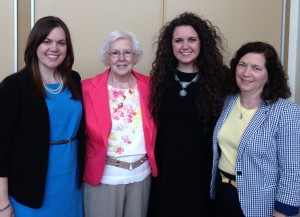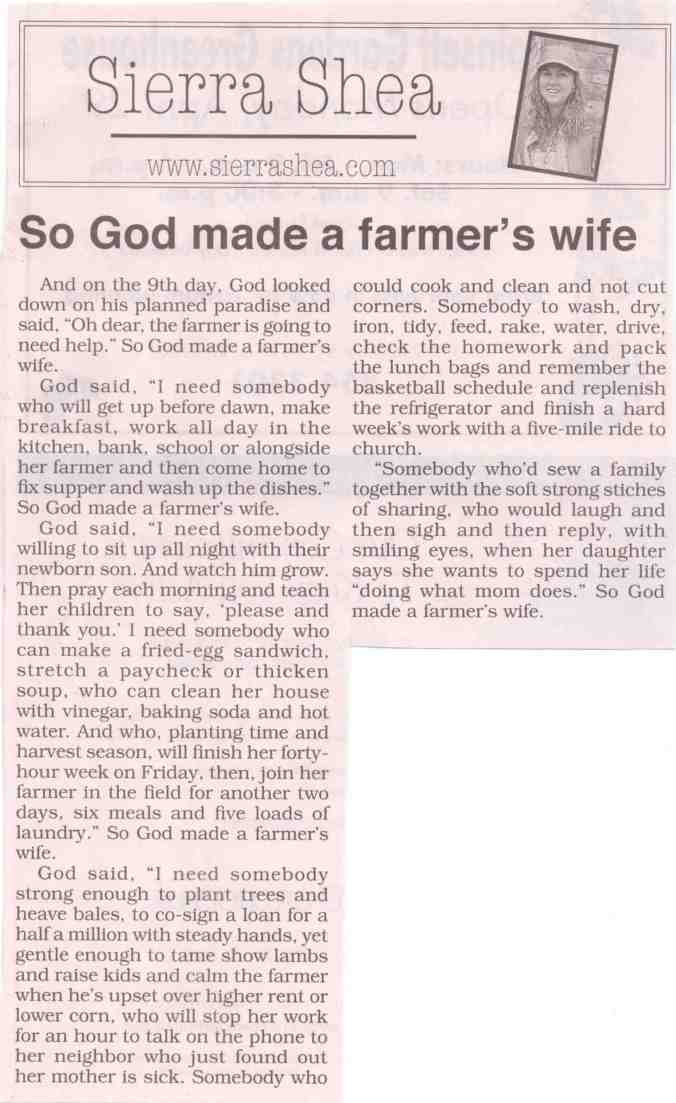Reading and agriculture have always been a daily part of my life. Growing up my mother always read to me. She instilled a love for reading and education that has stayed with me into my adult life and professional career. My farmer father, planted my passion for agriculture in me that has also helped me attain some of my personal and professional goals. Those goals lead me to become a teacher and an active advocate for agriculture in my community. I am a teacher at Monrovia Elementary School and a first year Morgan County Fair Board member. One of the many reasons I wanted to join the board was to use my experience in education to help promote agriculture to the general public. I saw the county fair as a perfect platform to present agriculture education materials. With this goal in mind, I presented an idea to the board to incorporate reading and agriculture, Agriculture Storybook Time. This idea is much like the storybook events that happen at your local libraries or bookstores where children gather around to listen to someone read a story. This new event will take place at the Morgan County Fair (July 29 – Aug. 6) everyday on the Free Stage. There will be two opportunities to hear stories about agriculture at 11:00 a.m. and 5 p.m. A different book about agriculture will be read each time by a volunteer from the community.

These are some of the books that will be read.
As a lifelong member of Morgan County and 10 Year 4-H Member, I have attended the Morgan County fair since I was a baby. As the years have passed, I have noticed the need for more educational events for small children and their families to participate in during the fair. Agriculture Storybook Time gives children and their families an opportunity to do something at the fair as a family and to participate in an agricultural education experience. Studies have shown the importance of reading to a child for at least 20 minutes a day and the great impact it can have on a child’s development. Reading and/or listening to someone else read helps children’s brain and literacy skills develop. With the busy schedules families have today, it is hard to get in that special reading time especially during the summer months. Agriculture Storybook Time will create an opportunity for children to get this important reading time.
In addition to receiving the recommended 20 minutes of reading, children will learn about agriculture and what farmers do on their farms through the books I have selected to be read during Agriculture Storybook Time. Every child and their family members are consumers, but many are so far removed from the farm and where their food comes from they don’t understand the work farmers are doing for them. This opportunity will help bridge the gap between consumers and our farmer producers.
To sum it up, I encourage you to attend our Morgan County Fair (July 29 – Aug 6) and stop by the Free Stage at 11:00 a.m. and/or 5:00 p.m. for Agriculture Storybook Time. I hope you enjoy this special reading time with your family while learning something I am very passionate about, agriculture!
